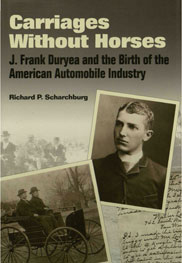Technical Paper
Automated 3D Printer Bed Clearing Mechanism
2020-04-14
2020-01-1301
The objective of this work was to design an automated bed clearing mechanism for the Anet brand A8 3D printer, which uses Fused Deposition Modeling (FDM) process. This work has been carried out as a capstone course. Many OEMs are focusing on using functional 3D printed parts to replace metal parts that otherwise require complex assemblies or to reduce weight. The concept behind the work presented in this paper was to allow every user to be able to print multiple parts without human interaction. This saves time to load and unload one part at a time. The idea was to develop a universal bed clearing mechanism that can be used for most brands of 3D printers. Upon researching into the many different styles and designs of printers, it became clear that the designs are different and complex to create a universal product. It was decided to aim for the most common style of 3D printers for which easy modeling and testing should be possible.

